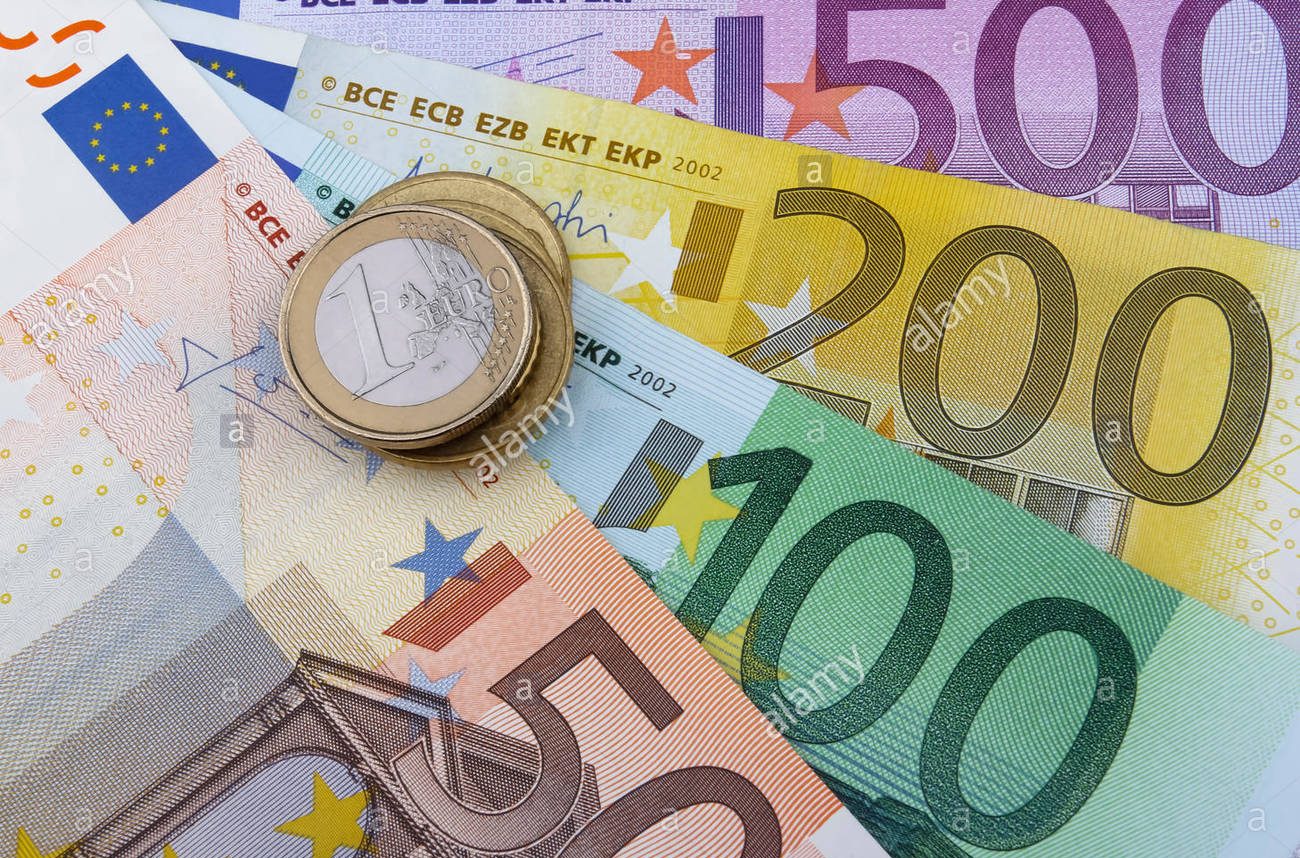 The ECB, just like its counterparts, is going through a classic situation of Knightian uncertainty. The economic and financial risks posed by the COVID-19, including credit events, are difficult to assess reliably. The adequate policy response will largely depend on the scope and the gravity of the crisis, which are unknown at this stage.
The ECB, just like its counterparts, is going through a classic situation of Knightian uncertainty. The economic and financial risks posed by the COVID-19, including credit events, are difficult to assess reliably. The adequate policy response will largely depend on the scope and the gravity of the crisis, which are unknown at this stage.
That being said, the ECB is likely to lower its 2020 GDP forecast in line with the OECD’s revised estimate. It will potentially come down a lot based on the Q4 2019 data and the most up-to-date figures confirming the euro area is being hit by the demand and the supply shocks resulting from the coronavirus outbreak. It will come out under 1% for sure, probably in a range comprised between 0.5% and 0.8%.
A rate cut is not the panacea to offset the current shock. The Fed achieved little for the moment with the rate cut. The US stock market was still down yesterday and the 10y bond yield is evolving under 1% this morning, indicating that investors are still afraid the economy will slow down or even fall into recession.
However, the ECB may well need to cut interest rates next week, albeit reluctantly, but only to buy time in order to set up a targeted emergency loan program for SMEs. Sources suggest that the Additional Credit Claims (ACC) program launched in 2011 could serve as a framework for the special credit facility the ECB is planning to introduce in the coming weeks.
The ECB should also open the door to further stimulus in case a tightening in financial conditions materializes. It will monitor very closely possible stress in the financial system, notably in Italy, and could propose additional liquidity if necessary. Though this fear seems exaggerated at this stage, many investors point out the risk of a banking failure in Italy due to the quarantine and the unavoidable recession.
If needed, the ECB could resort to two efficient tools to contain financial stress. Considering the political and technical implications, the easiest path would be to raise the quantum of corporate purchases and adjust it in order to target sectors most exposed to supply chain disruptions. As a second step, the ECB could also expand sovereign bond-buying if some countries start to be confronted with a sharp increase in funding costs, which is not the case at the moment.
Best regards.














